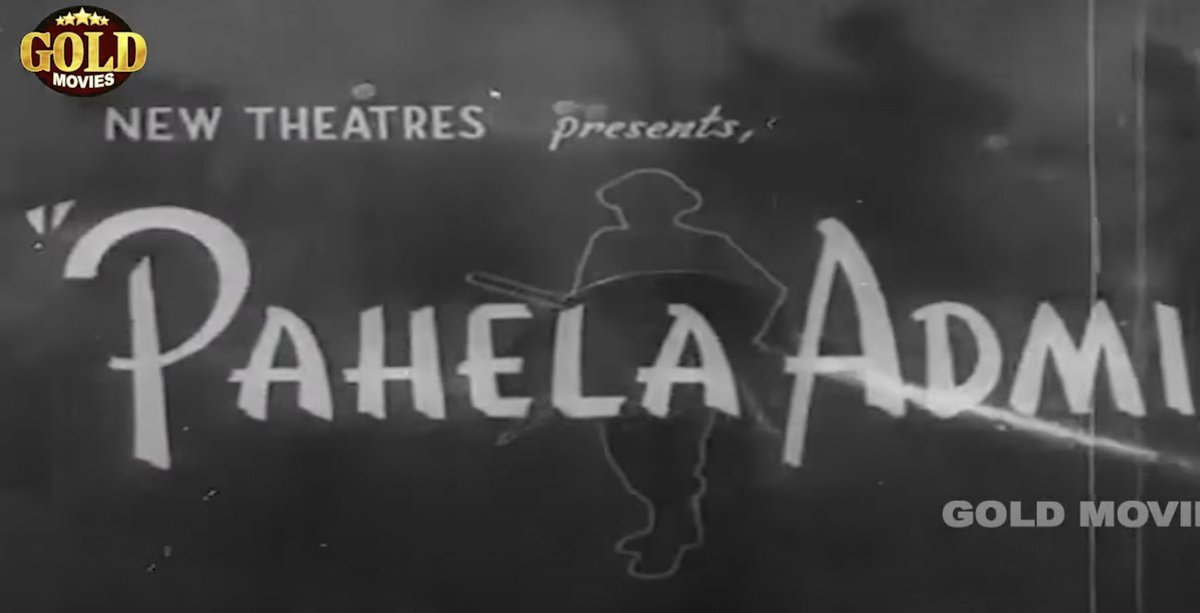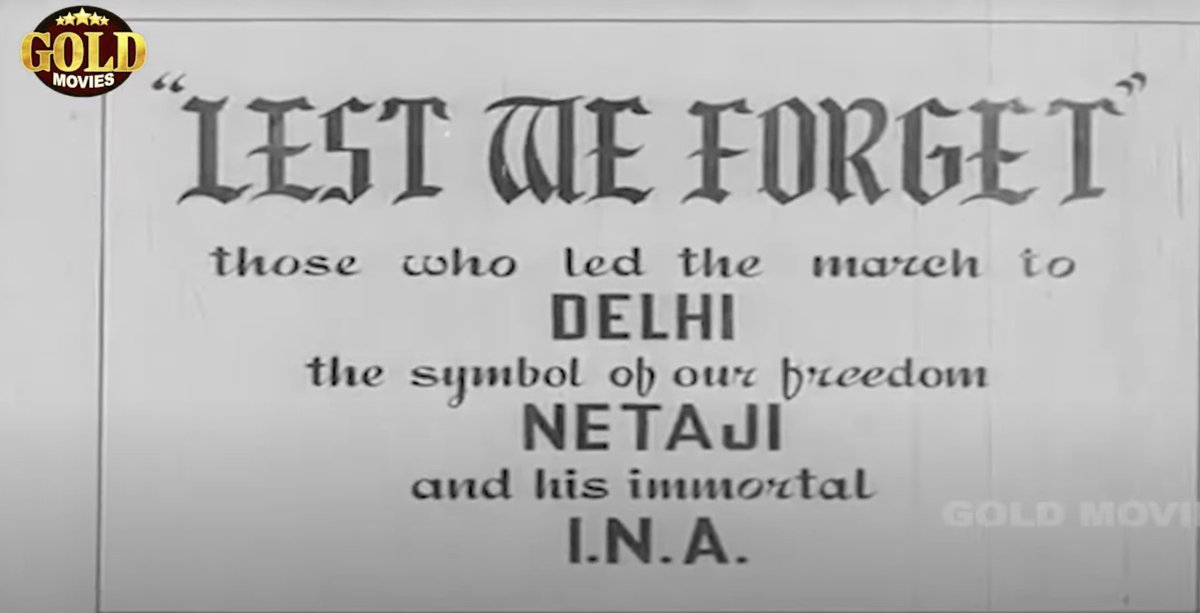Long before Manoj Tiwari or Ravi Kishan, there was Nazir Hussain who paved the way for Bhojpuri cinema's early days. You might remember him as the priest in Amar Akbar Anthony or the police commissioner in Jewel Thief, but he was also a soldier in the Azad Hind Fauj. Thread 1/20 

Lucknow, 1920s. Nazir Hussain, son of a railway guard, had an ordinary beginning there. Little did he know that life had scripted a riveting saga for him, one that would take him from the railways to the battlefields of World War II.
2/20
2/20

Nazir Hussain, briefly a fireman in the railways, answered the call to arms during World War II, joining the British army.
Fate, however, had other plans.
3/20
Fate, however, had other plans.
3/20
As the war's theatre shifted to Burma, Malaya, and Singapore, Nazir Hussain found himself in the thick of it. Japan's early victories echoed through the region, and the British Indian Army, including Hussain, faced the grim reality of becoming prisoners of war.
4/20
4/20
Fuelled by a deep rooted anti-British sentiment since childhood, he made a daring move and joined the Indian National Army. Deeply influenced by Netaji Subhash Chandra Bose, he fought alongside leaders like General Mohan Singh in the Burma Warfield.
5/20
5/20

But war is a fickle companion. When Japan fell, so did the hopes of the Indian National Army. Hussain, now a prisoner once again, was transported back to India. Independence, however, brought him freedom from the detention camp.
6/20
6/20
Post-INA, life posed a new challenge for Hussain. He struggled to find his footing. Jobless and faced with the harsh realities of life, he found himself on a different stage - the theatre. He travelled to Calcutta to seek his future.
7/20
7/20
It was on this dramatic stage that destiny intervened. Enter Bimal Roy, a visionary filmmaker planning a film on Bose and the INA. He was looking for ex-INA members for authentic information. At that very moment, he stumbled upon Nazir Hussain.
8/20
8/20

Hussain's magnetic presence and compelling voice captured Roy's attention. He requested him to act in the film. Could there have been a better choice? Initially reluctant due to his lack of film background, Hussain eventually relented.
9/20
9/20
"Pehla Aadmi" hit the screens in 1950, propelling him into stardom and establishing him as a regular in Bimal Roy's cinematic universe. As a character artist, Hussain's brilliance shone in blockbusters.
10/20


10/20


The shift towards socialist-themed films like "Do Bigha Zamin," "Devdas," and "Naya Daur" showcased his versatility. Later he acted in hundreds of films.
11/20
11/20
But it wasn't just the glitz of the silver screen that captivated Nazir Hussain. His profound love for the Bhojpuri language didn't go unnoticed. It was a language close to his heart, a language that echoed through his dreams.
12/20
12/20

A visionary in his own right, Hussain discussed the prospect of a Bhojpuri cinema industry with President Rajendra Prasad. Recognizing Hussain's passion, Rajendra Prasad encouraged him to write a film in Bhojpuri.
13/20
13/20
Encouraged by none other than the President of India, Hussain emerged as the driving force behind the nascent Bhojpuri cinema industry. He already had a script unfolding a delicate tale of societal strife.
14/20
14/20
It was a story of a rich boy who loves a poor girl, defied his moneylender father's demand for dowry and left his home. The girl, forced into an unwanted marriage, faces tragedy, survives, becomes a dancing girl, and reunites with her love.
15/20
15/20
But, there was a catch. While working as Bimal Roy's assistant, Hussain had already given the script to the masterful director, known for his expertise in women-oriented films. Hussain felt the call to bring his story to life in a different form.
16/20
16/20
When Hussain approached Bimal Roy to reclaim his script, the seasoned director was taken aback. When Roy inquired about Bhojpuri language, expressing surprise, Hussain, resolutely replied, "It is the language of the President.”
17/20
17/20
Asserting his commitment to preserving and promoting the cultural heritage, he reclaimed his script, steering it towards the cinematic masterpiece that would become the first-ever Bhojpuri film, "Ganga Maiyya Tohe Piyari Chadhaibo".
18/20
18/20

In 1963, "Ganga Maiyya Tohe Piyari Chadhaibo'' broke ground by tackling social issues like widow re-marriage and dowry, standing out from the current industry trend of vulgarity and women objectification. It was a commercial success.
19/20
19/20
Nazir Hussain, often hailed as the Pitamah of Bhojpuri cinema, turned his vision into reality, leaving an indomitable legacy in the world of Bhojpuri cinema. From the Azad Hind Fauj to the silver screen, his journey was nothing short of a cinematic masterpiece.
20/20
20/20
Sources and References:
Avijit Ghosh, CINEMA BHOJPURI, Penguin UK.
Syed Naseer AhamedTHE IMMORTALS, Muslim in the Indian Freedom Movement
Images: Wikimedia Commons.
Sheemaro Movies,
Gold Vintage YouTube Channel
Classic Entertainment Youtube Channel discogs.com/release/200795…
Avijit Ghosh, CINEMA BHOJPURI, Penguin UK.
Syed Naseer AhamedTHE IMMORTALS, Muslim in the Indian Freedom Movement
Images: Wikimedia Commons.
Sheemaro Movies,
Gold Vintage YouTube Channel
Classic Entertainment Youtube Channel discogs.com/release/200795…
• • •
Missing some Tweet in this thread? You can try to
force a refresh














